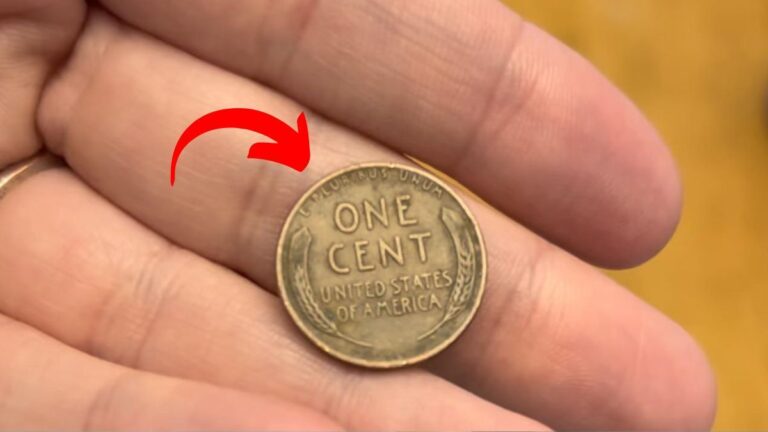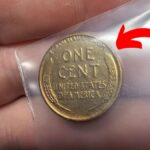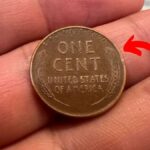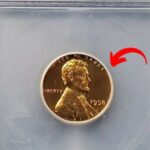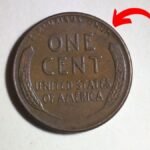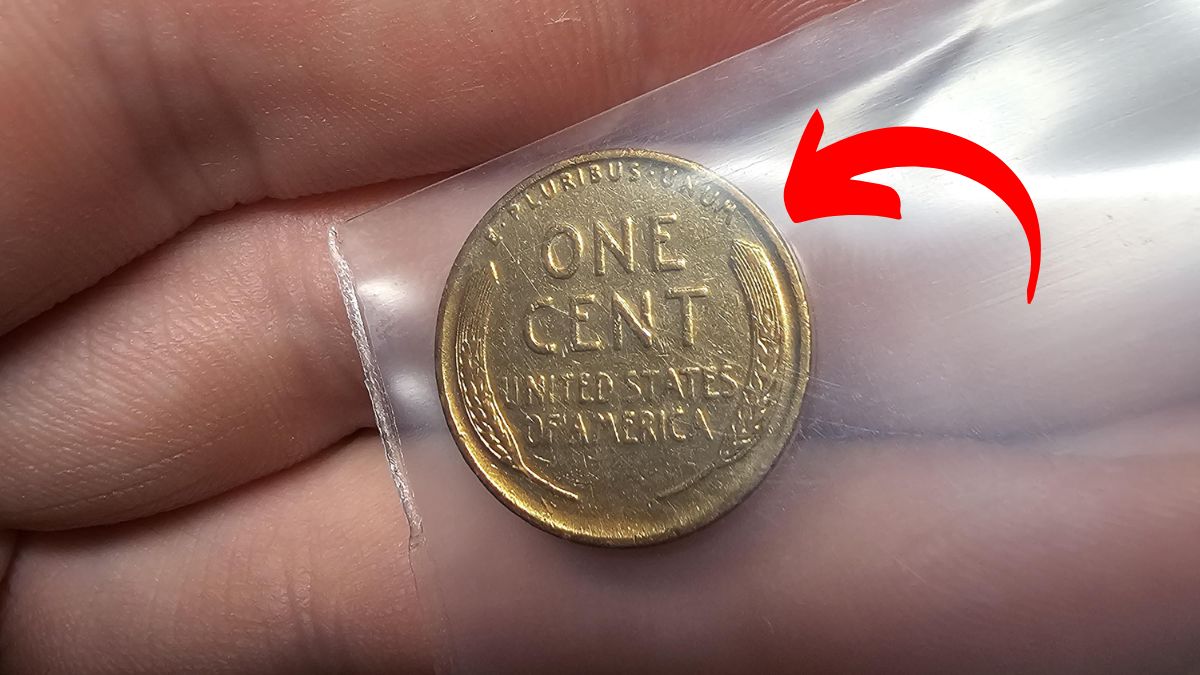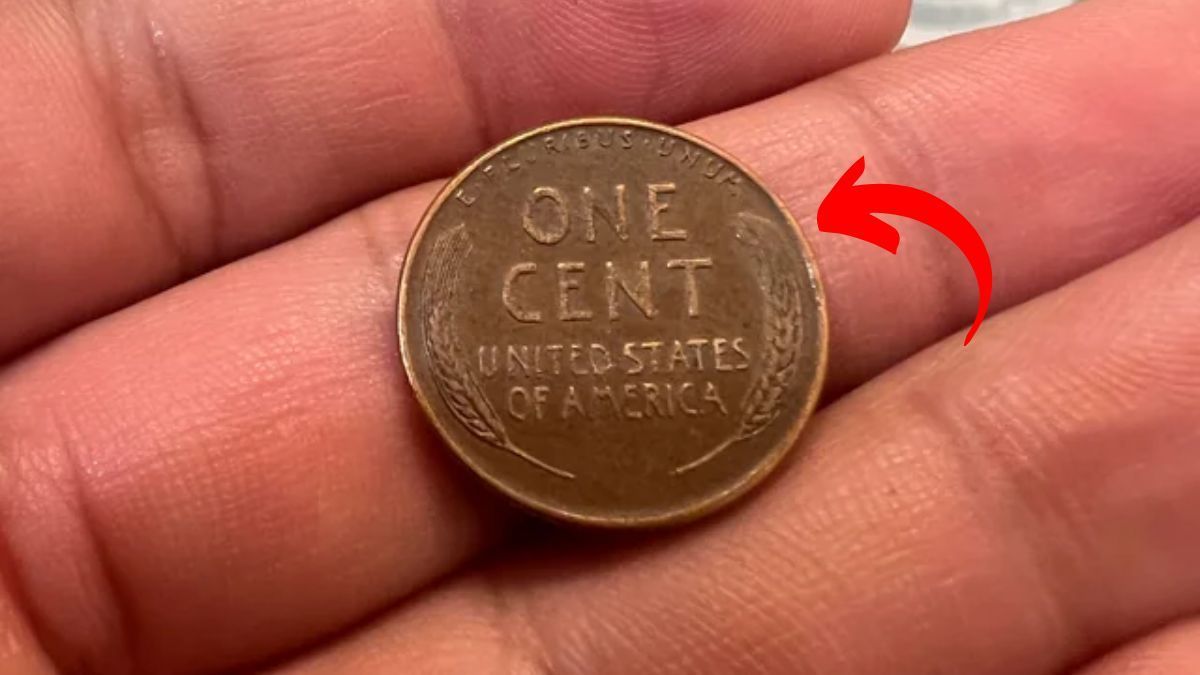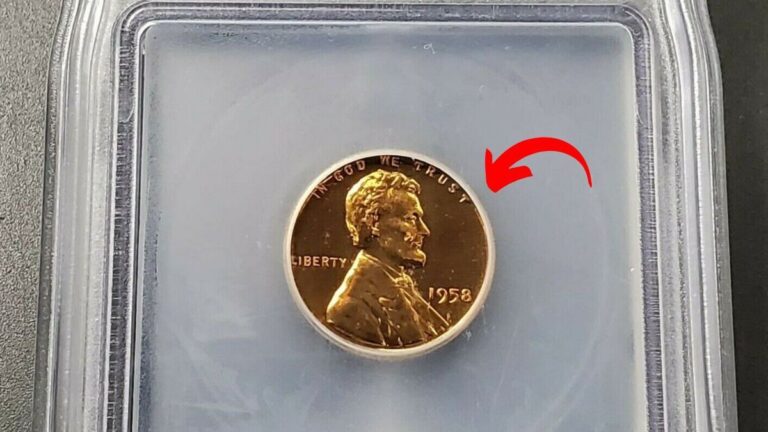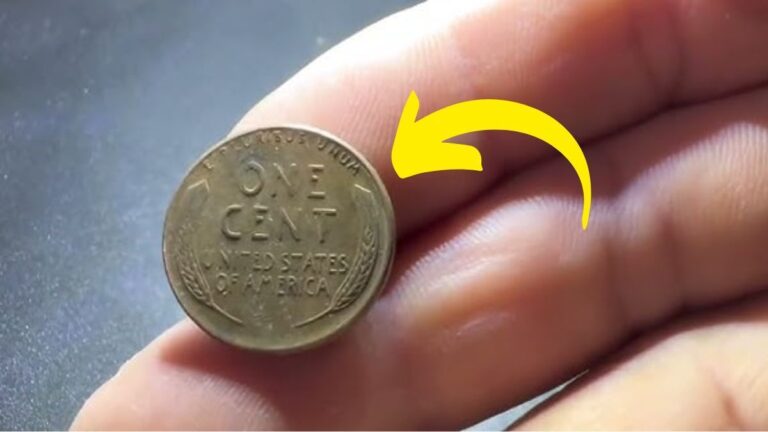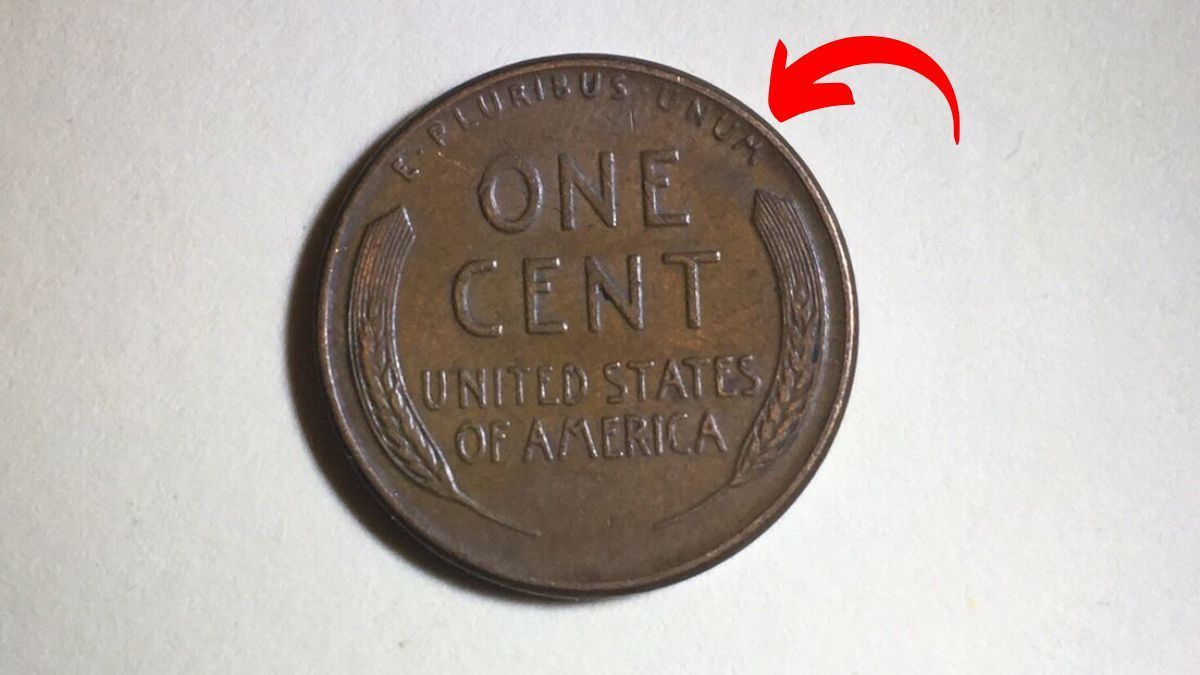Lincoln Wheat Penny Valued at $3 million: Imagine reaching into your pocket and finding what appears to be just another old penny. Most people would barely give it a second glance, but this seemingly ordinary coin could potentially be worth an astonishing $3 million. While it might sound like an urban legend or a far-fetched dream, this scenario has actually happened to a few fortunate individuals who stumbled upon one of the rarest Lincoln Wheat Pennies in existence. These coins, once a common part of American currency circulating through countless hands, have now become some of the most coveted treasures in the numismatic world. Even more exciting is the fact that some of these valuable pennies may still be in circulation today, waiting to be discovered by an observant person who knows what to look for.
The Fascinating History of the Lincoln Wheat Penny
The Lincoln Wheat Penny holds a special place in American monetary history. Minted between 1909 and 1958, it carries the distinction of being the first United States coin to feature the portrait of an actual president rather than the symbolic representations of Liberty that had dominated American coinage before. The obverse (front) side displays Abraham Lincoln’s dignified profile, while the reverse showcases two stalks of wheat framing the words “ONE CENT” and “UNITED STATES OF AMERICA.” This iconic design remained in production for nearly five decades before being replaced by the Lincoln Memorial design in 1959. The penny was designed by sculptor Victor David Brenner as part of the centennial celebration of Lincoln’s birth, beginning a tradition of presidential portraits on American coins that continues to this day.
Why Some Lincoln Wheat Pennies Command Millions
The extraordinary $3 million valuation of certain Lincoln Wheat Pennies stems from a unique combination of historical significance, extreme rarity, and specific minting errors. The most famous and valuable of these rare pennies is the 1943 copper cent. During World War II, copper was designated as a strategic metal essential for military equipment and ammunition. To conserve this critical resource, the U.S. Mint officially switched from using copper to zinc-coated steel for penny production in 1943. However, a handful of copper blanks from the previous year accidentally remained in the presses, resulting in the creation of a few copper pennies that were never supposed to exist. With only around 20 authentic specimens known to exist today, these coins represent one of the rarest minting errors in American coinage history.
The Record-Breaking $3 Million Sale
The journey of a Lincoln Wheat Penny to a $3 million valuation involves rigorous authentication and verification. Before commanding such an astronomical price, the coin underwent extensive testing by numismatic experts who confirmed its authenticity through various scientific methods. Metallurgical tests verified that it was indeed made of copper rather than the standard 1943 steel composition, and microscopic analysis confirmed the original minting characteristics that distinguish genuine specimens from counterfeits. When this extraordinary penny finally reached auction, it sparked an intense bidding war among passionate collectors eager to own this piece of numismatic history. The final sale price of $3 million shattered previous records and demonstrated the incredible premium placed on coins that represent significant historical anomalies and extreme rarity.
Identifying a Potentially Valuable Lincoln Wheat Penny
If you’re hoping to discover one of these valuable treasures in your own collection, there are several key features to look for. Start by checking the date – the 1943 copper penny is the most valuable, but other years like 1909-S (especially with VDB initials), 1914-D, and 1931-S are also highly sought after by collectors. Examine the mint mark, which appears as a small letter below the date on the obverse side. Pennies from the San Francisco Mint (marked with an “S”) are typically more valuable than those from Philadelphia (no mint mark) or Denver (marked with a “D”). For the legendary 1943 penny, a simple magnet test can be revealing – steel pennies will stick to a magnet, while the rare copper versions will not. Weight is another indicator, as copper pennies weigh approximately 3.11 grams compared to steel pennies at 2.7 grams.
The Possibility of Finding a Multi-Million Dollar Penny Today
While finding a $3 million penny may seem like an impossible dream, experts agree that it remains within the realm of possibility. Some of these rare Lincoln Wheat Pennies are still unaccounted for and could be hiding in plain sight – perhaps in an old jar of coins on someone’s shelf, a forgotten collection inherited from a relative, or even still circulating in everyday commerce. Bank rolls of pennies have occasionally yielded valuable finds, and estate sales sometimes feature unrecognized treasures. The fact that new specimens of rare Lincoln Wheat Pennies continue to be discovered suggests that others may still be out there, waiting to be found. While the odds of finding a 1943 copper penny are admittedly slim, the possibility adds an element of excitement to examining ordinary pocket change.
Beyond the 1943 Copper Penny
While the 1943 copper penny stands as the most valuable Lincoln Wheat Penny, several other variations also command impressive prices. The 1909-S VDB penny, featuring the designer’s initials on the reverse, is highly prized due to its limited mintage of only 484,000. The 1914-D penny is another rarity eagerly sought by collectors. Pennies with minting errors like double-dies, where design elements appear doubled due to misalignment during the minting process, can also be worth substantial sums. The 1922 plain penny (with no mint mark) resulted from a filled die error at the Denver Mint and is another valuable variety. Even if you don’t discover the legendary $3 million penny, finding one of these other rare specimens could still represent a significant windfall.
Starting Your Own Coin Hunting Adventure
The thrill of possibly finding a valuable coin has inspired many people to begin examining their spare change more carefully. If you’re interested in starting your own search, begin by looking through any old coin collections, piggy banks, or jars of pennies you might have around your home. A magnifying glass or coin loupe can help you spot important details like mint marks and minting errors. Educating yourself about the specific characteristics of valuable pennies through books, online resources, or numismatic communities will improve your chances of recognizing a valuable find. Joining a coin collecting club can provide valuable knowledge and connections with experienced collectors. Remember that condition matters significantly in determining a coin’s value, so handle any potential finds carefully, holding them by the edges to avoid damaging the surfaces.
The Enduring Appeal of Coin Collecting
The fascination with rare coins like the valuable Lincoln Wheat Penny extends beyond their monetary worth. These small metal discs serve as tangible connections to history, offering glimpses into the economic, social, and political circumstances of their time. The 1943 copper penny, for instance, tells the story of America during World War II, when even everyday currency was affected by wartime material shortages. Numismatics – the study and collection of coins – combines elements of history, art, economics, and the thrill of treasure hunting. Whether you’re a serious collector or simply someone who now checks their change more carefully, the possibility of discovering something valuable among ordinary coins adds an element of excitement to everyday life and provides a unique connection to the past.
Disclaimer
This article is provided for informational purposes only. While efforts have been made to ensure accuracy, coin values fluctuate based on market conditions, collector interest, authentication status, and individual specimen quality. The $3 million valuation mentioned represents exceptional auction results for authenticated specimens in optimal condition and should not be considered guaranteed for similar finds. Readers should be aware that numerous counterfeit coins exist in the marketplace, including altered dates and copper-plated steel cents designed to mimic valuable rarities. Professional authentication by reputable grading services is essential before making any significant purchasing decisions or claims about a coin’s value. Remember that improper cleaning or handling of coins can dramatically reduce their collector value. If you believe you’ve found a rare coin, consult with reputable numismatic experts for proper evaluation and guidance.
